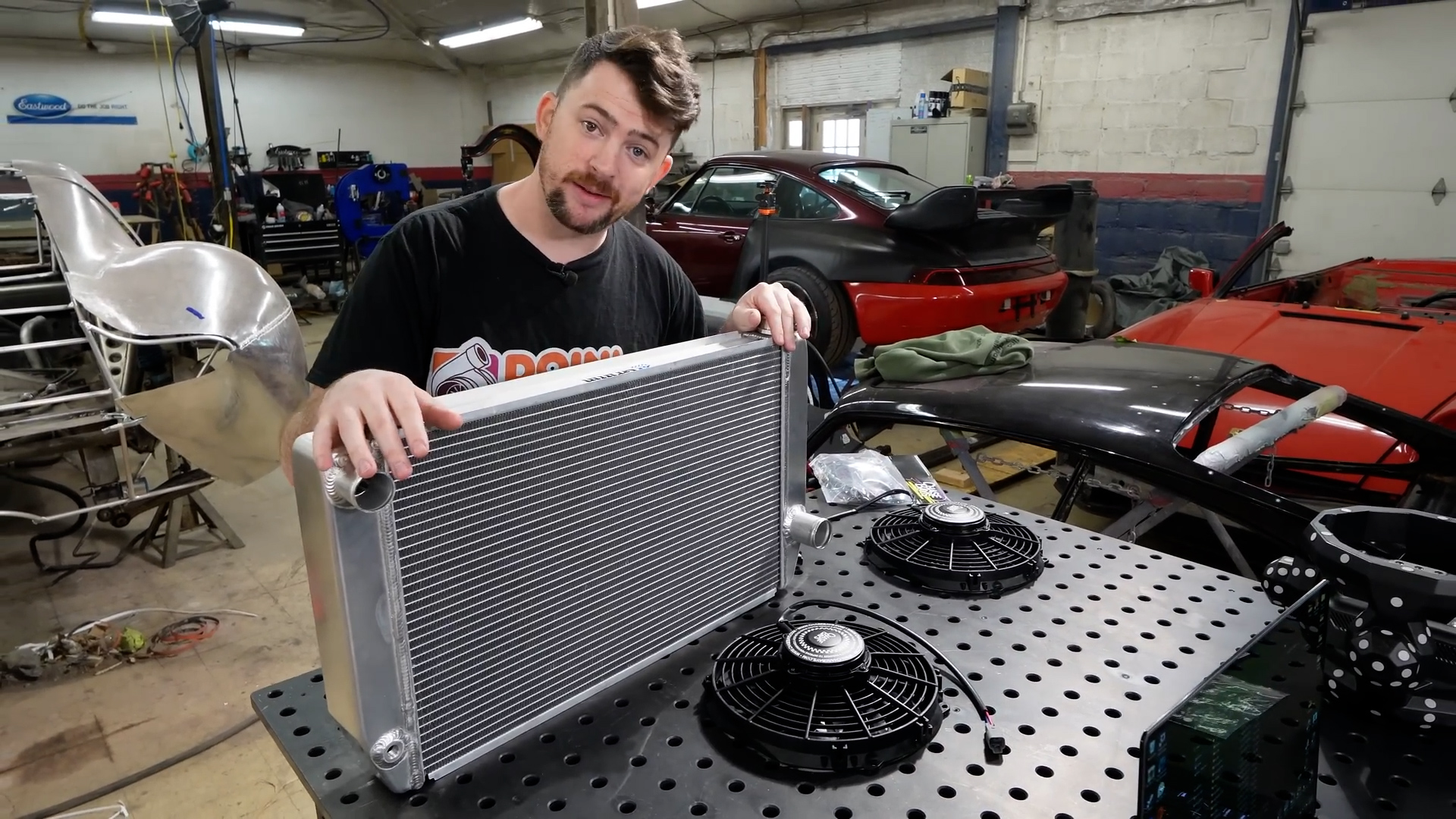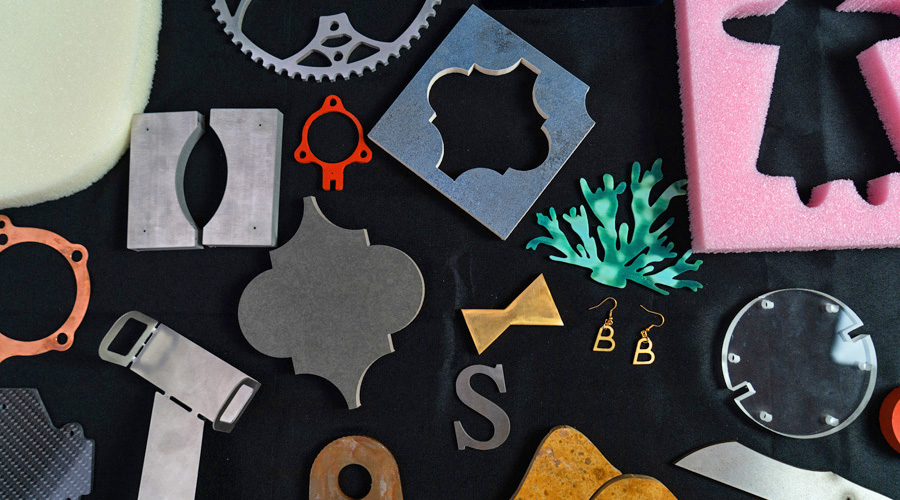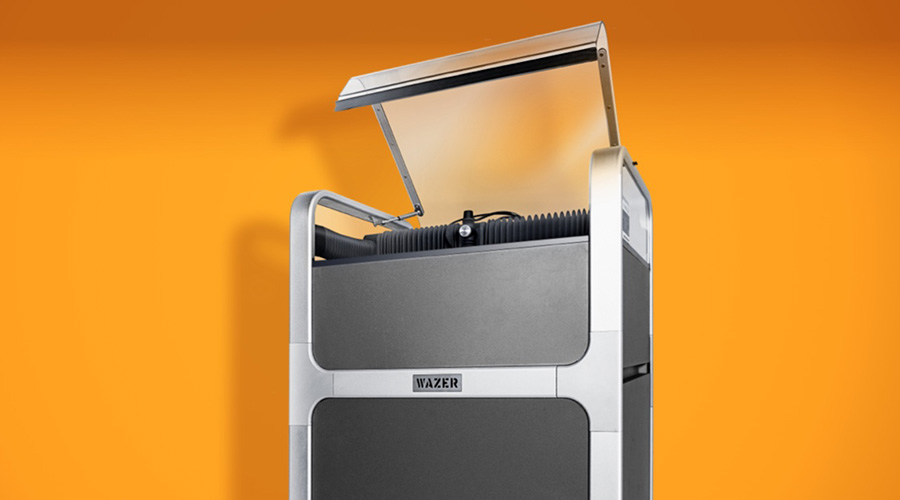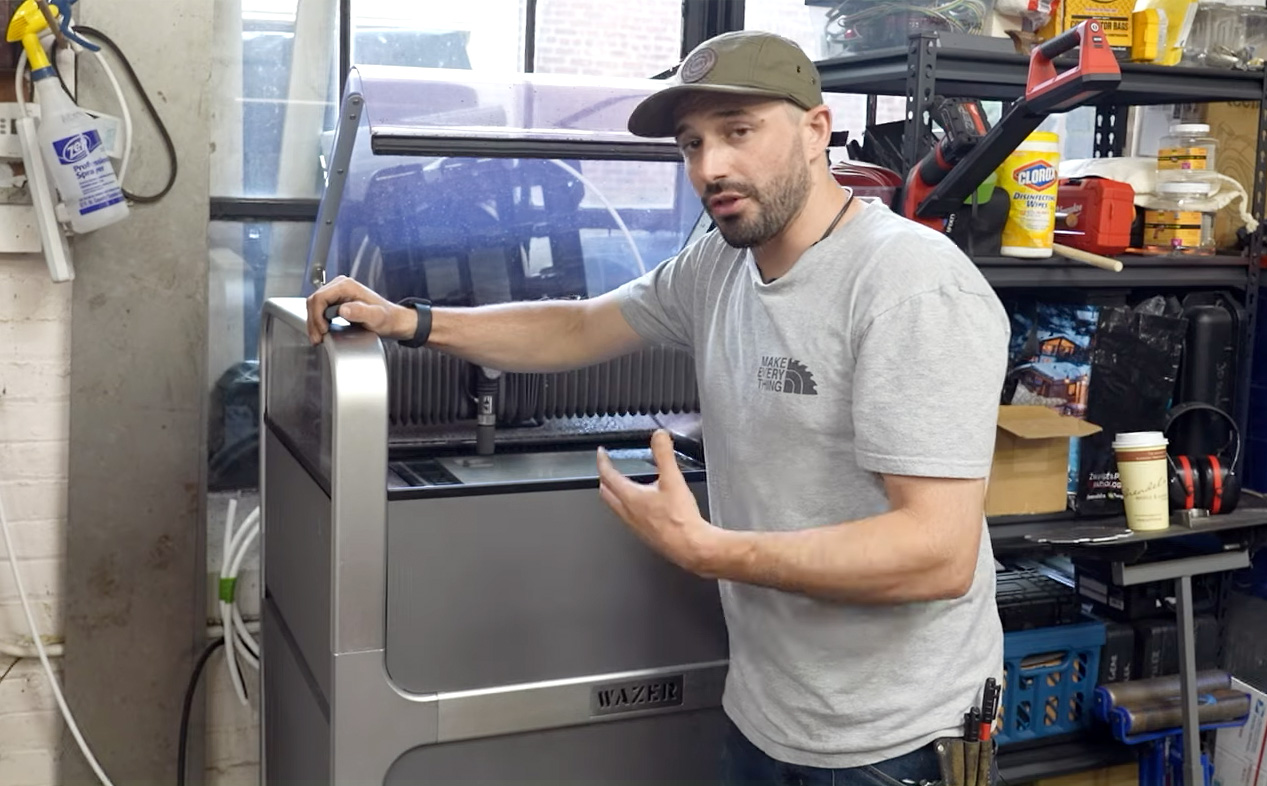The Challenge: Mounting a Radiator in the Back of a Drift Car
Relocating a radiator isn’t as simple as strapping it in and calling it good. In a drift car, airflow, vibration, and space are all fighting against you. Crucible Coachworks needed custom brackets that could hold a heavy aluminum radiator and twin fans while keeping everything stable under track abuse.
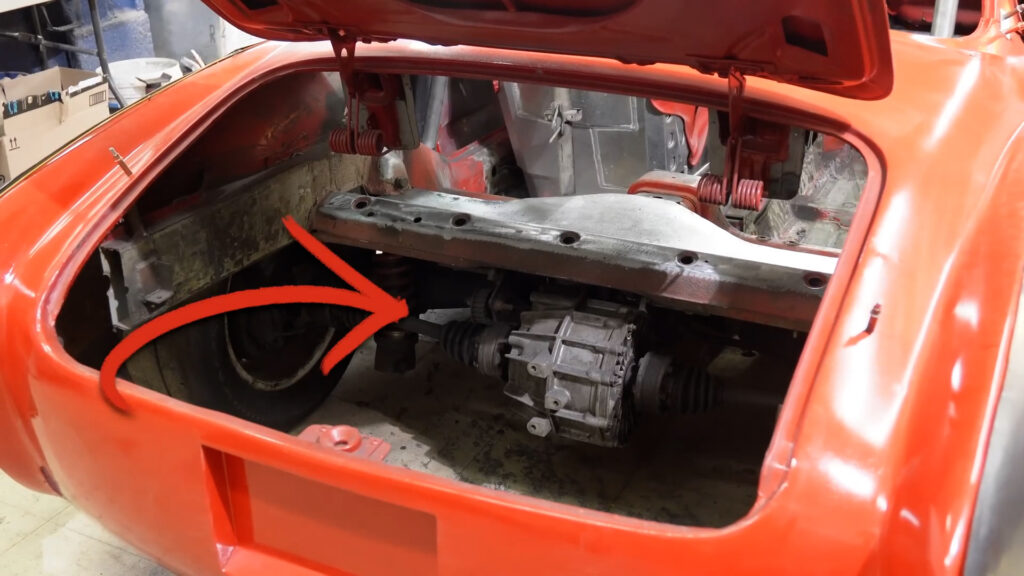
You could try to balance the radiator in midair, tape measure in hand, and pray you don’t dent the fins. But this time, technology came to the rescue.
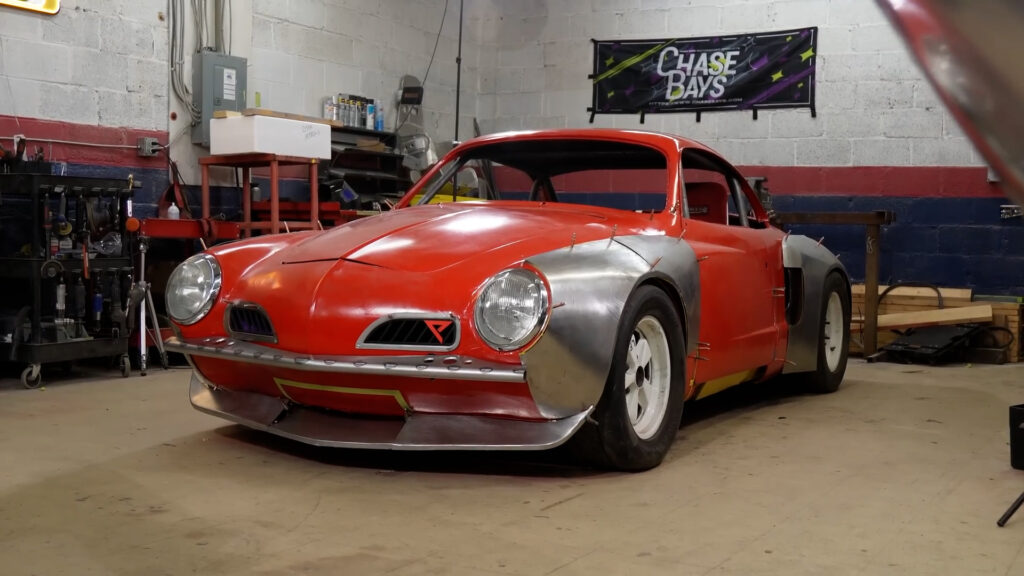
Enter the 3D Scanner
To map the radiator, fans, and rear deck area, the team pulled out a new Revopoint 3D scanner. It turned a sketchy, hands-on measurement job into a clean digital mockup. In CAD, they could virtually “test fit” parts, add clearances, and even account for rubber isolators without lifting the radiator fifty times.
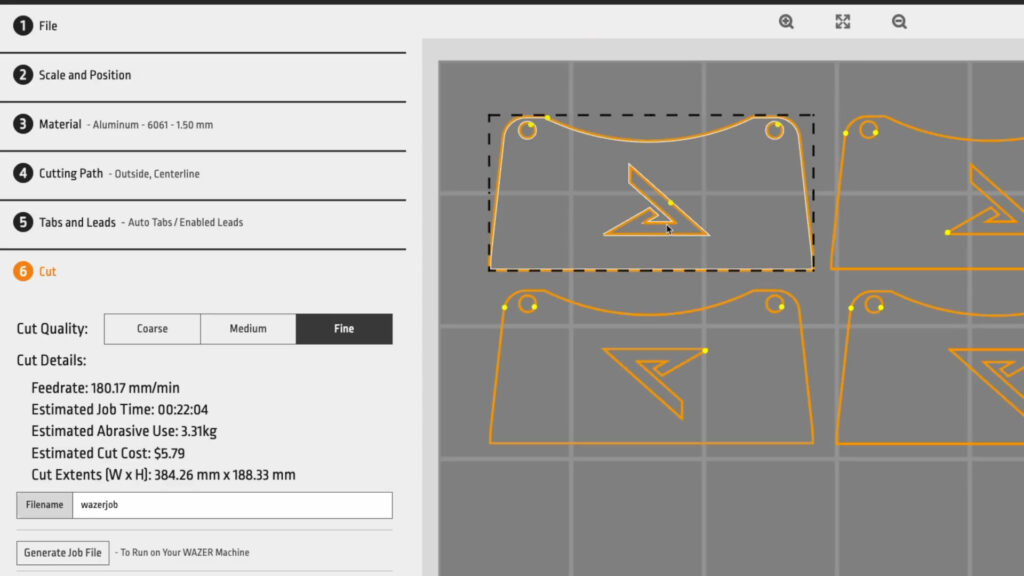
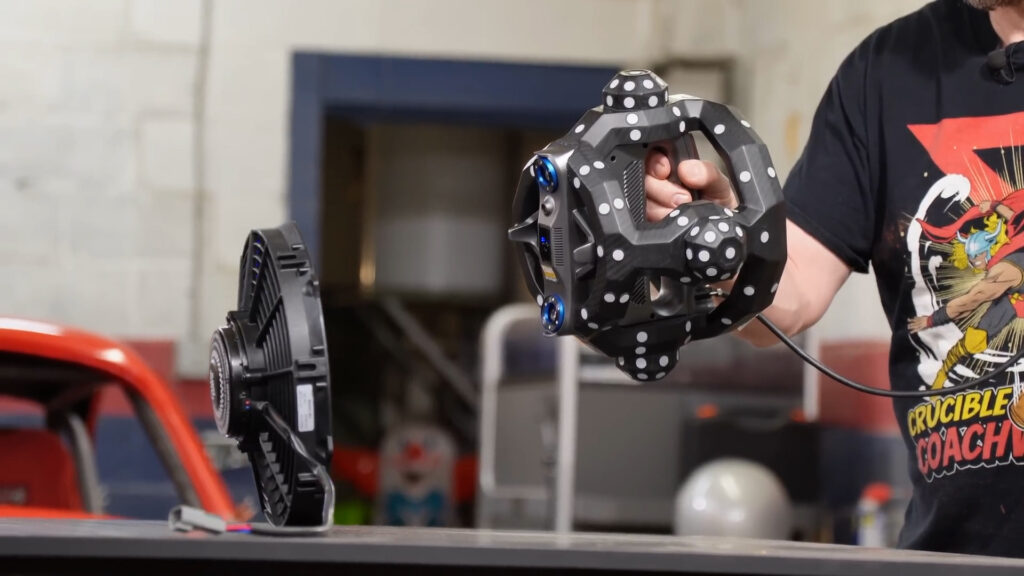
Plus, watching a scanner do its thing is way easier on the arms. (Fabricators don’t talk about it much, but holding a 30-pound radiator while someone yells “a little to the left!” is basically an unlicensed CrossFit workout.)
Why WAZER Pro Made the Difference
Once the designs were set, it was time to cut. Plasma cutters are fast, but plasma and aluminum don’t mix well—it leaves messy edges and heat distortion. For parts that had to line up precisely, WAZER Pro was the clear choice.
“I mentioned it in a previous video when we first got the WAZER that I’ve always wanted a waterjet, and I’m finally getting to use it. I’m so excited.”
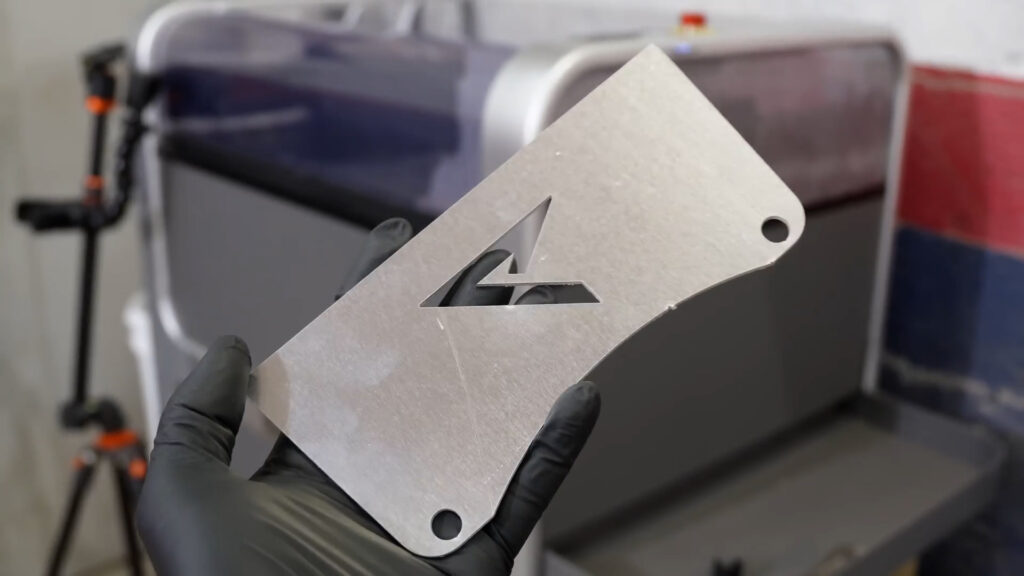
“I’ll tell you what, this came out gorgeous.”
The waterjet sliced through aluminum like butter, leaving perfectly clean holes for nut-serts and crisp edges ready to bend. No “maybe the bolt will fit if I hit it with a hammer.” The parts came out looking exactly like the CAD file promised.
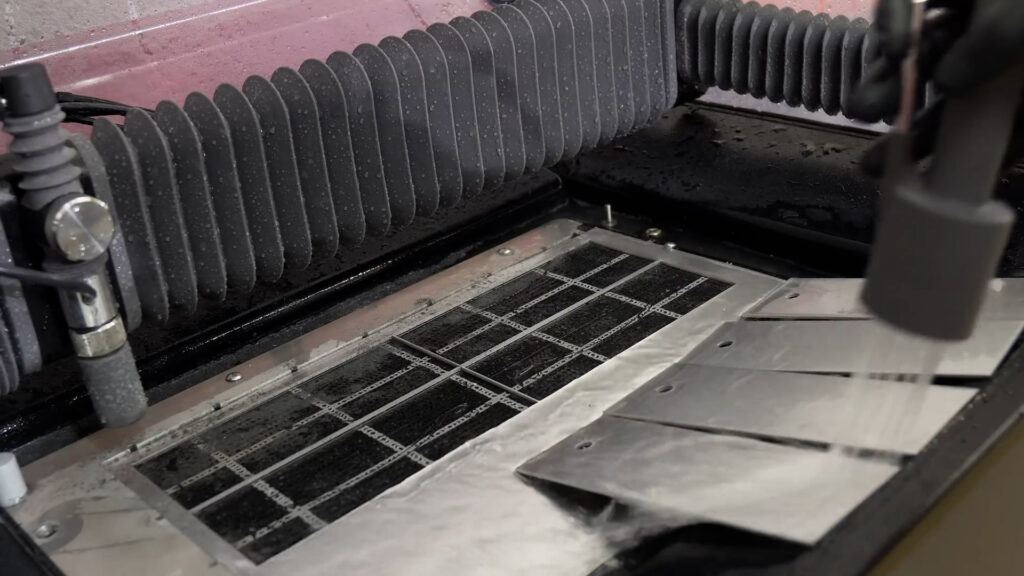
And let’s be honest—there’s something magical about pulling a bracket out of WAZER Pro’s tank. It’s like watching your computer sketch come to life, minus the smell of burnt metal.
“Waterjet and also the Revopoint Track It 3D scanner. Yeah. We just leveled up big time.”
The Payoff: A Perfect Fit on the First Try
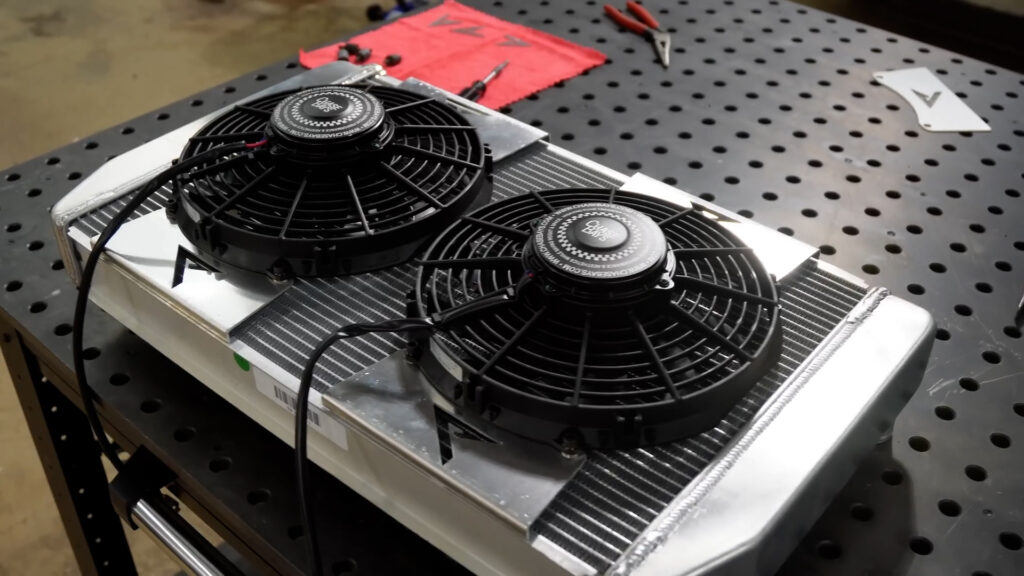
The brackets were bent, nut-serts dropped in, and welds laid down. When the assembly went into the car, it lined up beautifully. No wasted aluminum, no extra hours fixing mistakes. The radiator sat snug, isolated against vibration, and ready for ducting.
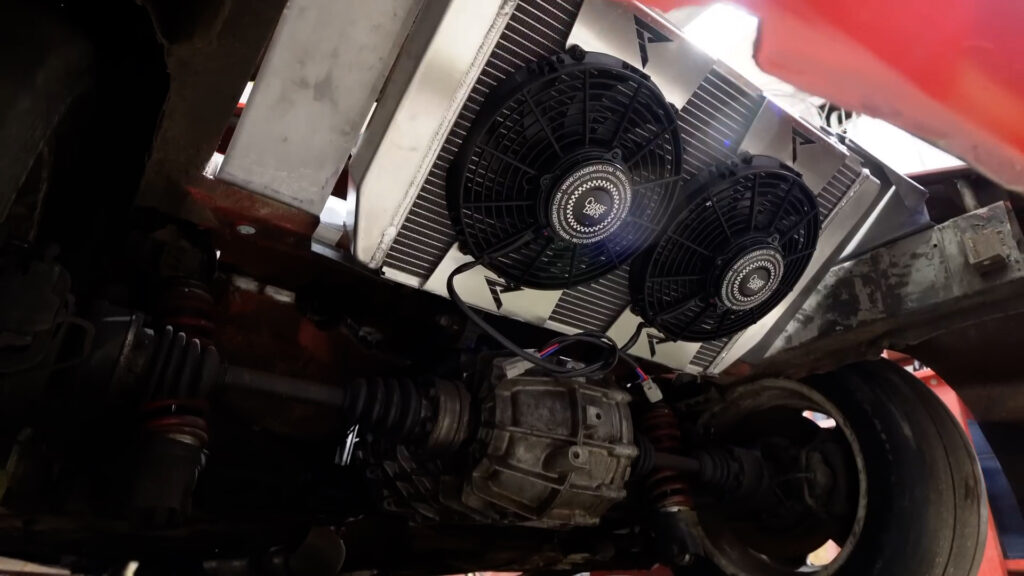
That moment when the part just fits? That’s the kind of win every builder lives for.
A Smarter Way to Fabricate
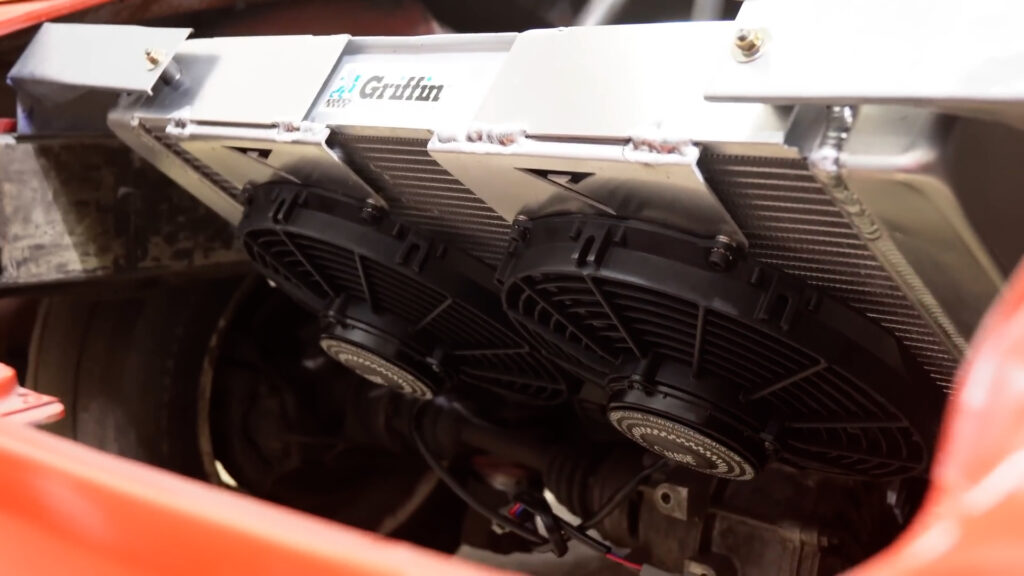
This build shows how much fabrication has evolved. Instead of trial-and-error with cardboard templates and grinders, Crucible Coachworks combined scanning, CAD, and WAZER Pro into one streamlined workflow. The result wasn’t just a set of brackets—it was a faster, more accurate way to build.
In the world of drift cars (or really any project where things have to fit), precision tools aren’t just nice to have—they change the whole experience. And if you can cut out a little extra frustration along the way, that’s worth celebrating.

